Table of content
Introduction: The Enchantment of Fish-Fragrant Flavors
In the vast culinary landscape of Chinese gastronomy, the fish-fragrant (Yu Xiang) style stands out as a unique and tantalizing flavor profile. Despite its name, dishes labeled as “fish-fragrant” often contain no actual fish. Instead, they derive their distinctive taste from a harmonious blend of spices and cooking techniques that mimic the savory, slightly sweet, tangy, and slightly spicy notes typically associated with fish dishes. This flavor profile is particularly popular in Sichuan cuisine, where it is often used to elevate vegetables, tofu, and even meat dishes to new heights of culinary delight.
Today, we embark on a culinary journey to explore how to create a delightful fish-fragrant vegetable dish at home. This recipe is designed to be accessible to home cooks, preserving the essence of traditional Sichuan flavors while simplifying the process for modern kitchens. By the end of this guide, you’ll be equipped with the knowledge and skills to whip up a fish-fragrant vegetable masterpiece that will delight your family and friends.
Understanding the Fish-Fragrant Sauce
Before diving into the recipe, it’s crucial to understand the components of the fish-fragrant sauce. This sauce is the cornerstone of any fish-fragrant dish, and it typically includes the following key ingredients:
- Soy Sauce: Provides a savory base.
- Rice Vinegar or Chinese Black Vinegar: Adds a tangy, slightly sour note.
- Sugar or Honey: Balances the acidity with sweetness.
- Sesame Oil: Adds a nutty aroma.
- Chili Sauce or Chili Flakes: Introduces a spicy element.
- Garlic and Ginger: Essential for their aromatic properties.
- Vegetable Oil: For cooking the aromatics and vegetables.
- Cornstarch Slurry: To thicken the sauce, giving it a glossy finish.
Additionally, Sichuan peppercorns are often used to add a unique, slightly numbing, and floral flavor that is unmistakably Sichuanese.

Ingredients for Fish-Fragrant Vegetables
Now, let’s list out the ingredients you’ll need to make our homestyle fish-fragrant vegetables:
- Vegetables: Choose a mix of firm, stir-fry-friendly vegetables such as bell peppers (red, yellow, and green for color), broccoli florets, carrots, baby corn, and snap peas. About 2 cups of mixed vegetables should suffice.
- Aromatics: 3 cloves of garlic, finely chopped; 1-inch piece of ginger, finely chopped or julienned; and 1 small red onion, sliced thinly (optional for added sweetness and texture).
- Sauce Ingredients:
- 3 tablespoons soy sauce
- 1 tablespoon rice vinegar or Chinese black vinegar
- 1 teaspoon sugar or a small drizzle of honey
- 1/2 teaspoon sesame oil
- 1-2 teaspoons chili sauce (like Sichuan chili oil or sambal oelek) or a pinch of chili flakes
- 1/4 cup water or vegetable broth
- 1 teaspoon cornstarch mixed with 1 tablespoon water (for thickening)
- Other Ingredients: 2 tablespoons vegetable oil; 1 teaspoon Sichuan peppercorns, lightly toasted and crushed (optional); and salt to taste.
Preparation Steps: From Prep to Plate
With all your ingredients gathered, let’s walk through the preparation and cooking process step-by-step.
Step 1: Prep Your Vegetables
- Cleaning and Chopping: Wash your vegetables thoroughly. Cut the bell peppers into bite-sized pieces, slice the carrots into thin matchsticks, and trim the broccoli into small florets. If using snap peas, remove the strings on the sides.
- Blanching (Optional): For vegetables like broccoli and carrots, you may want to blanch them first to ensure they cook evenly with the other ingredients. To blanch, bring a pot of salted water to a boil, add the vegetables, and cook for about 2 minutes. Drain and plunge them into ice water to stop the cooking process. Pat them dry before using.
Step 2: Prepare the Sauce
In a small bowl, whisk together the soy sauce, rice vinegar, sugar or honey, sesame oil, chili sauce or flakes, and water or broth until well combined. Set aside.
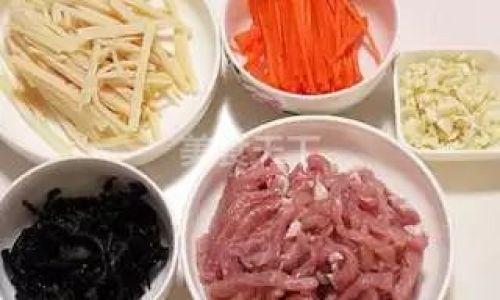
Step 3: Toast the Sichuan Peppercorns (Optional)
If using Sichuan peppercorns, place them in a small, dry skillet over medium heat. Toast them until fragrant, about 2-3 minutes, shaking the pan occasionally to prevent burning. Remove from heat, let cool slightly, then crush them using a mortar and pestle or the back of a spoon.
Step 4: Cook the Aromatics
Heat the vegetable oil in a large wok or skillet over medium-high heat. Add the chopped garlic, ginger, and red onion (if using), and stir-fry until fragrant and slightly golden, about 1-2 minutes. Be careful not to let the garlic burn, as it will become bitter.
Step 5: Stir-Fry the Vegetables
Add the prepared vegetables to the wok, spreading them out in a single layer. Stir-fry for about 3-4 minutes, until they are tender-crisp and slightly caramelized. If using blanched vegetables, reduce the cooking time to 1-2 minutes to heat them through.
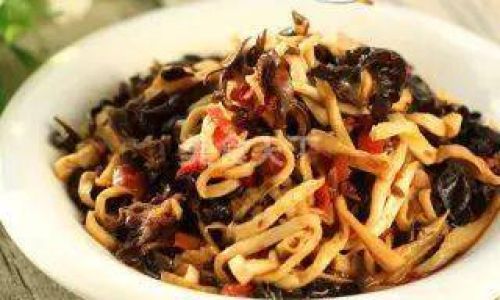
Step 6: Add the Sauce
Give the sauce mixture one last whisk to ensure the cornstarch is well distributed. Pour the sauce over the vegetables, stirring quickly to coat each piece evenly. Cook for another 2-3 minutes, allowing the sauce to thicken and the flavors to meld together.
Step 7: Finish with Sichuan Peppercorns (Optional)
If using, sprinkle the crushed Sichuan peppercorns over the vegetables and stir to incorporate. The heat from the vegetables will release their aromatic oils, enhancing the dish’s flavor profile.
Step 8: Taste and Adjust
Taste the dish and adjust the seasoning as needed. You may want to add a pinch of salt if the flavors aren’t quite bold enough. Remember, the balance of sweet, sour, savory, and spicy is key to achieving the perfect fish-fragrant flavor.
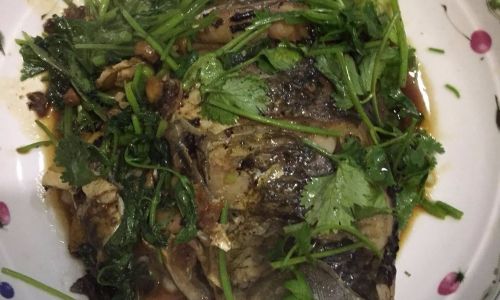
Step 9: Serve and Enjoy
Transfer the fish-fragrant vegetables to a serving dish, garnish with chopped green onions or fresh cilantro if desired, and serve immediately while hot. This dish pairs wonderfully with steamed rice, noodles, or even as a standalone appetizer.
Tips for Perfect Fish-Fragrant Vegetables
- Stir-Fry Technique: Use high heat and stir constantly to prevent burning and ensure even cooking.
- Sauce Consistency: The sauce should be thick enough to coat the vegetables but not too thick that it becomes gluey. Adjust the cornstarch slurry as needed.
- Flavor Balance: Taste your sauce before adding it to the vegetables to ensure it has the right balance of flavors.
- Vegetable Variety: Feel free to experiment with different vegetables. Firmer vegetables like bell peppers, carrots, and broccoli hold up well to stir-frying and add texture and color to the dish.
Conclusion: A Culinary Adventure in Your Kitchen
Making fish-fragrant vegetables at home is not only a delicious way to enjoy Sichuan cuisine but also a fun and rewarding culinary adventure. By following this homestyle recipe guide, you’ve learned the secrets to crafting a dish that balances the quintessential flavors of savory, sweet, tangy, and spicy. Whether you’re a seasoned chef or a novice cook, this recipe promises to deliver a memorable meal that will leave your taste buds dancing with delight.
So, the next time you’re in the mood for something a little different, why not give fish-fragrant vegetables a try? Gather your ingredients, fire up your wok, and let the aroma of garlic, ginger, and Sichuan peppercorns fill your kitchen. With each stir and taste, you’ll be transported to the vibrant streets of Sichuan, where the art of flavor is a way of life. Enjoy your culinary journey, and bon appétit!

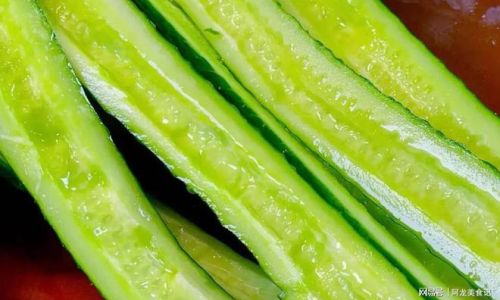
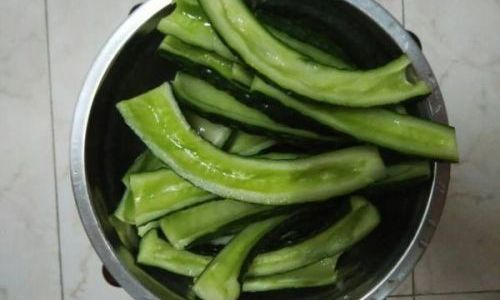

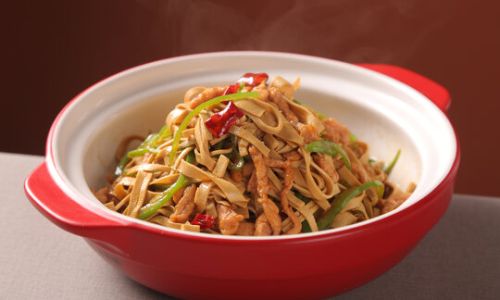

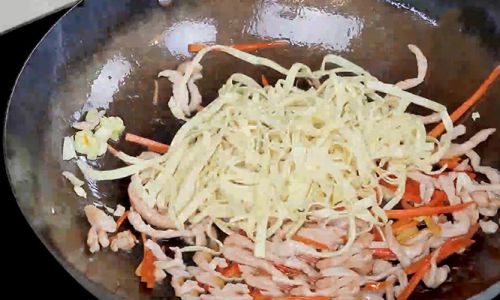
0 comments